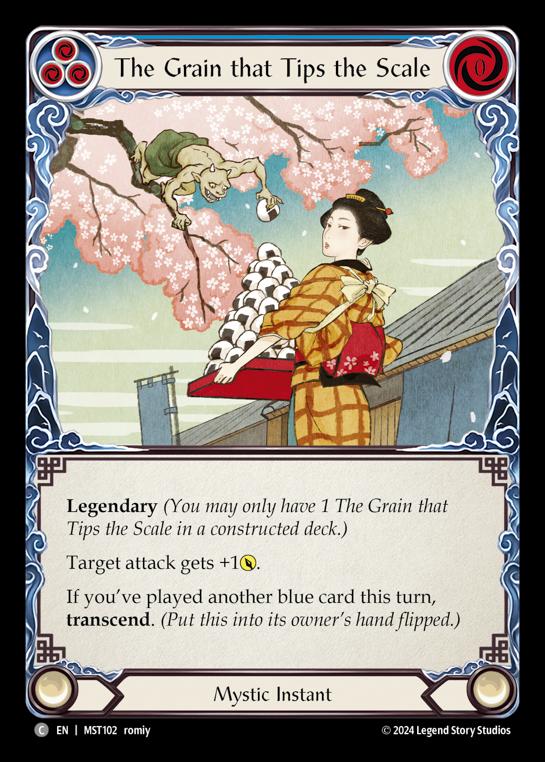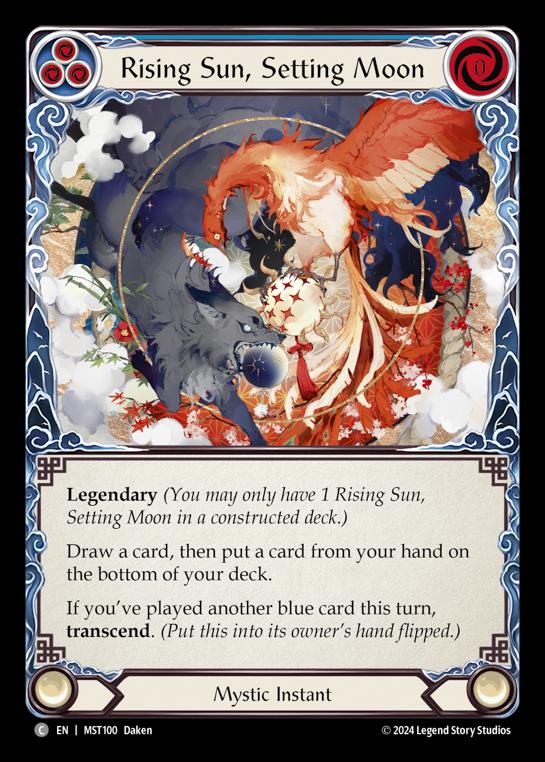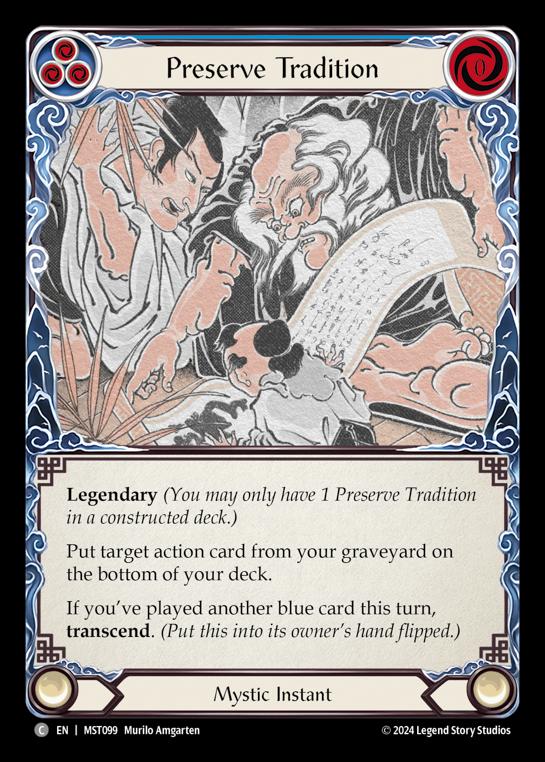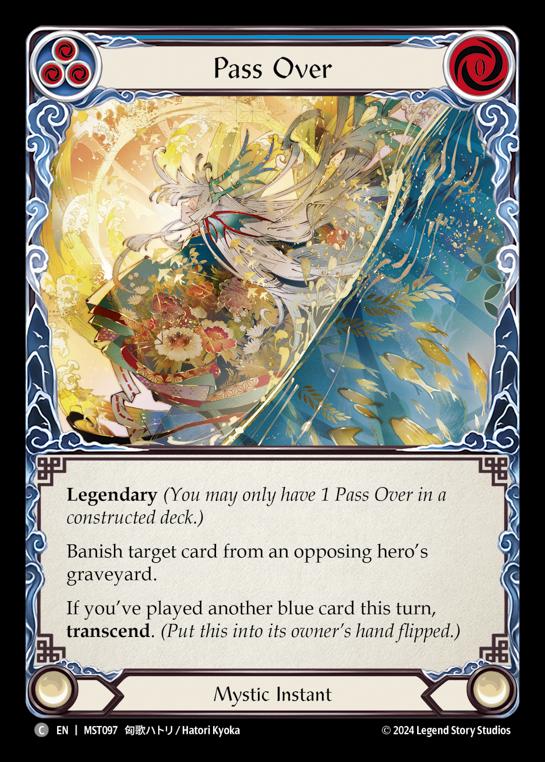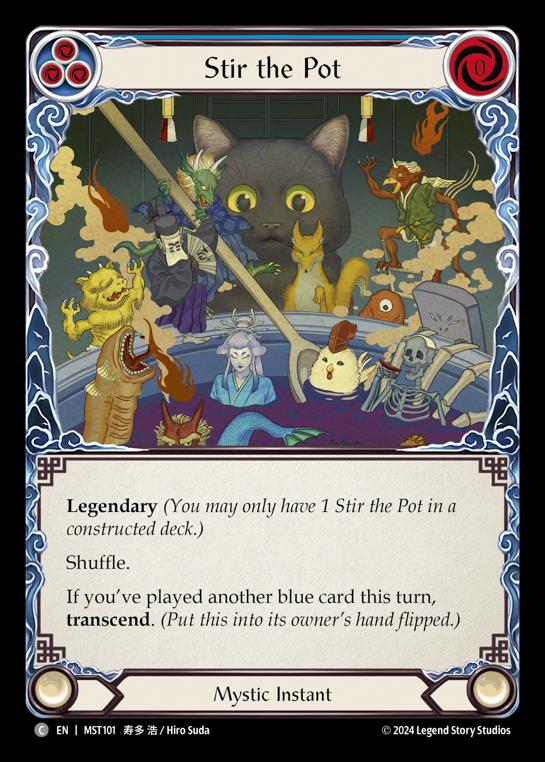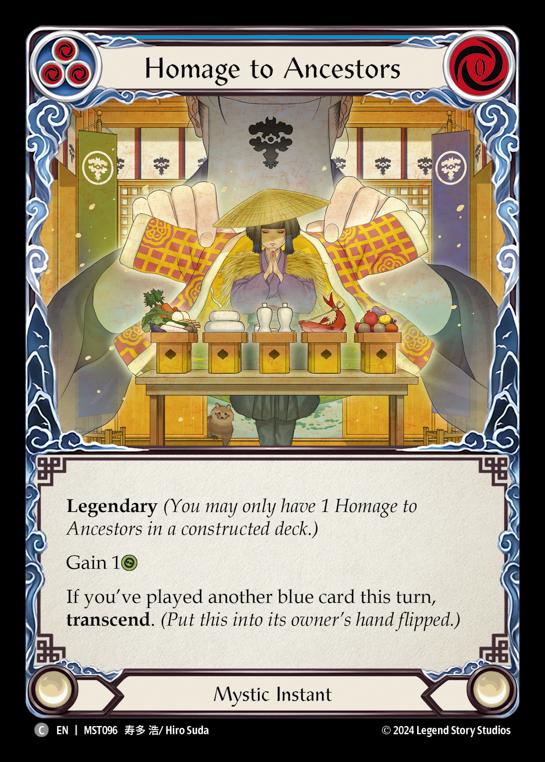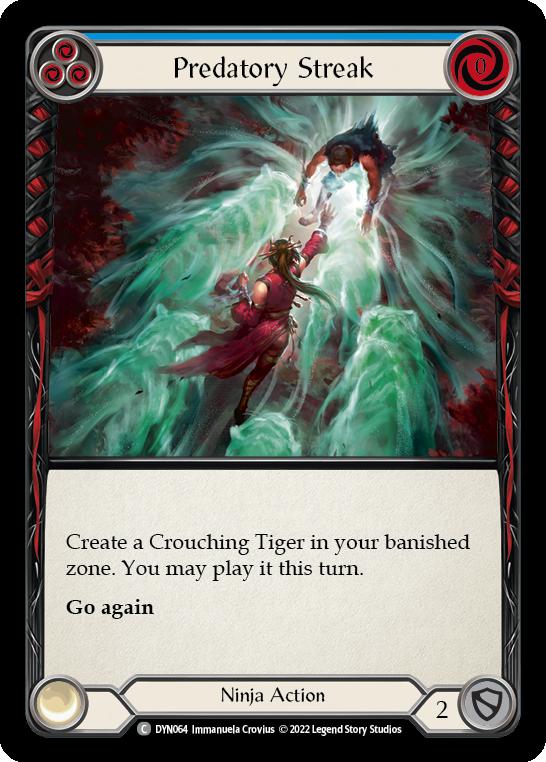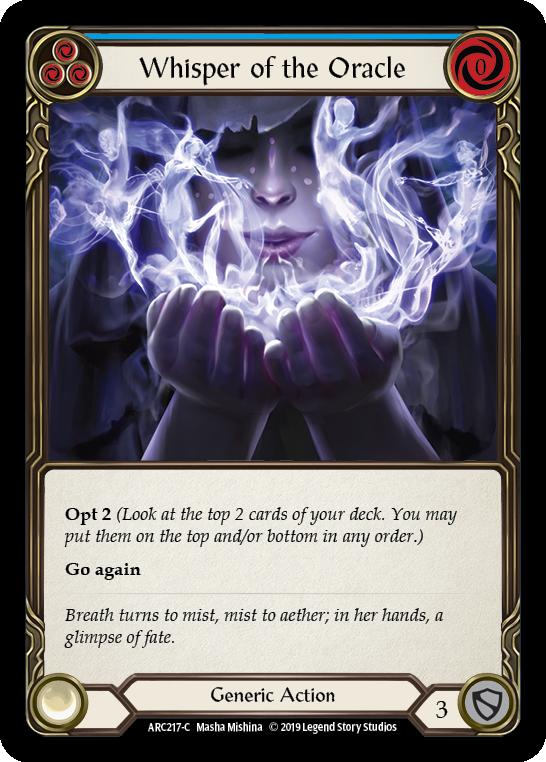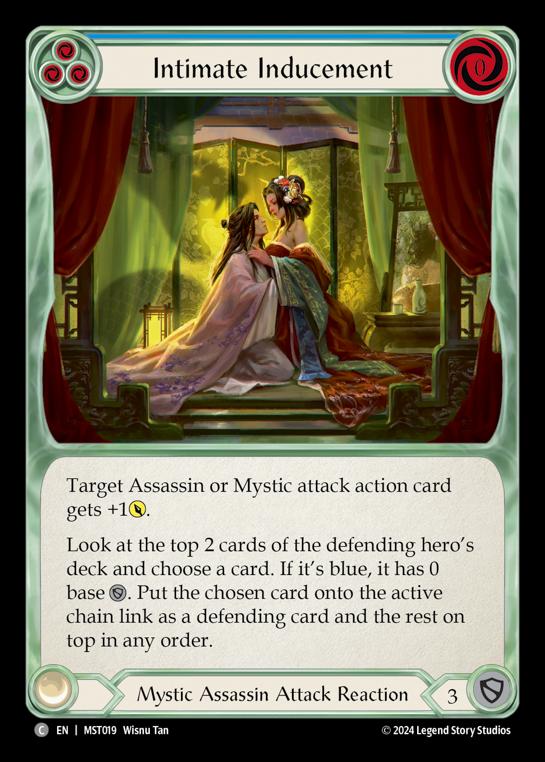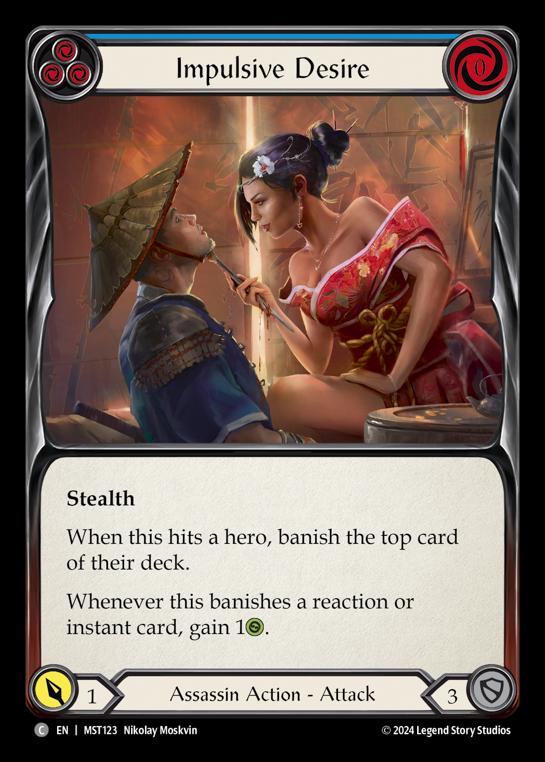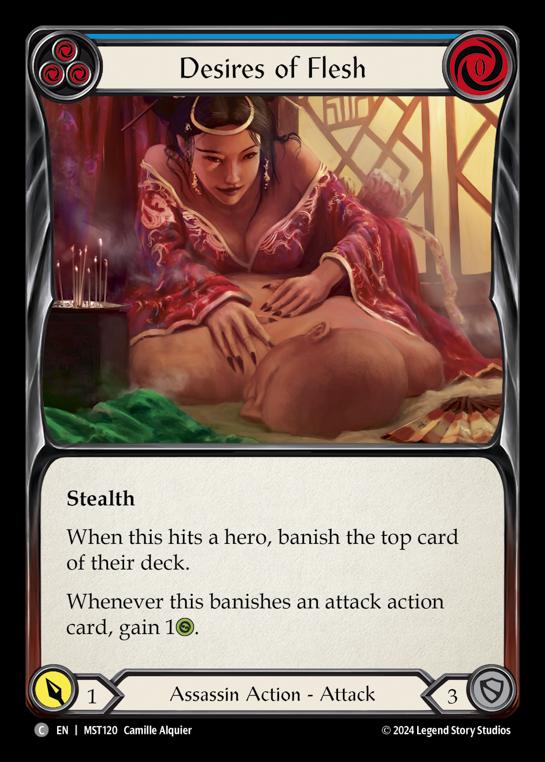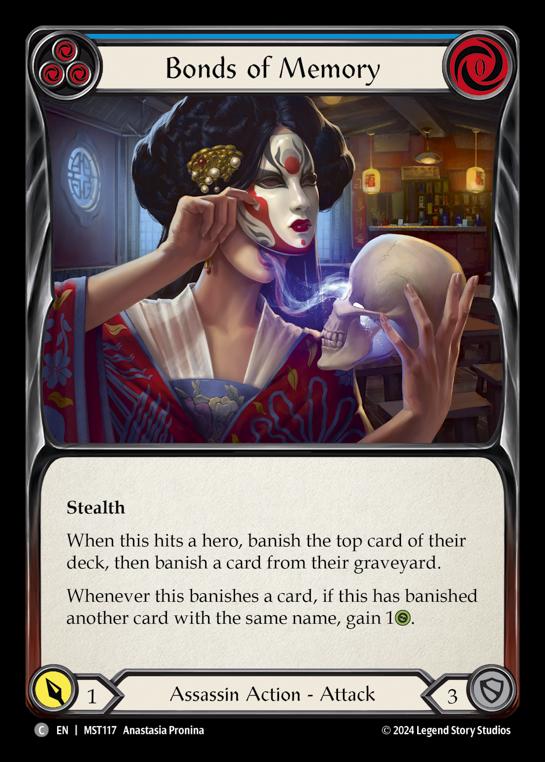Mystic 101 – Part 1: Building a Blue Lineup
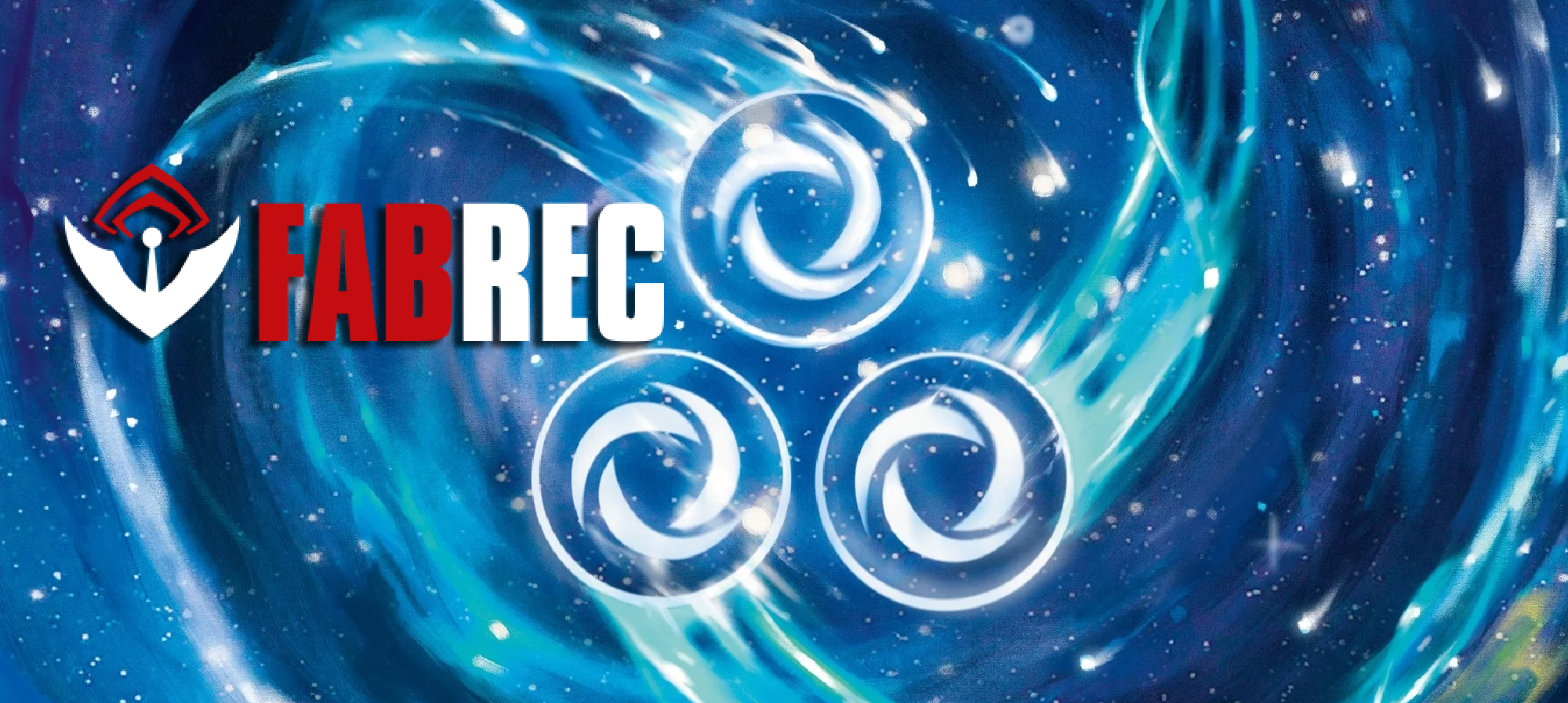
Hello everyone, and welcome back to another Flesh and Blood Commoner article. This week we’re starting with a wide overview on how I’d construct blue lineups for Mystic heroes and run through the various Inner Chi cards I’d include for each of the three heroes. Additionally, I’ll be sharing a few sample blue lineups for them, and go through why I’ve decided on the amount of Inner Chi within each list, and the merits of the other blues included. I’m excited to dive right into it as Part the Mistveil is a great set for brewers, and Chi adds an extra dimension to deckbuilding considerations that is, at the very least, extremely interesting to theorycraft.
Hero Overview
When considering the amount of transcend cards to play, it’s a matter of understanding how quickly your hero wants Chi. If I had to rank the three Mystic heroes, it would probably be Zen, then Enigma, then Nuu in terms of the speed they want to transcend at. From my perspective, Zen definitely benefits the most from transcending early, especially if he’s been built to take advantage of Crouching Tiger synergies, as it gives him that instant access to a starter and a follow-up combo attack that bypasses Katsu’s need of connecting to tutor. Additionally, unlike the other two heroes in MST, he doesn’t have any additional effects beyond his Chi-costing tutor, so he’s just a blank piece of cardboard until he gains access to the first Inner Chi.
Enigma, I’ll confess, is the hero that I’ve spent the least amount of time looking at, simply due to not being very optimistic about Illusionist’s viability in Commoner for the foreseeable future. She also doesn’t strike me as a hero that wants to urgently transcend as her cost reduction effect to Spectral Shield attacks has inherent use cases and can be impactful enough in tandem with Cosmo (or Iris, and entirely bypassing the need for the Chi) to be relevant in the early-mid game until transcending.
Lastly, Nuu, the hero that I’m the highest on from MST, doesn’t need to transcend very quickly in order to be strong. Her passive ability to banish action cards blocking stealth attacks means that until there’s a stockpile of blues there, the Inner Chi isn’t actually that necessary. Especially in a build that emphasizes on control-style elements that aim to end the game with a combination of mill and whatever gets banished, Nuu can just play out her turns, and once she eventually gets the opponent within kill range can start using the Chi to play whatever attack can take her over the line.
“Must-Play Instants”
Currently there are eight Mystic instants legal in Commoner, each with a somewhat generic effect that allow them to fit into each of the heroes somewhat seamlessly. Of these eight, two of them immediately jump out as being head and shoulders above the rest in playability: The Grain that Tips the Scale and Path Well Traveled. Both of these instants are just totally playable and respectable being played face-up. Path Well Traveled especially can help smooth out awkward hands in a pinch, being able to give both attack actions and weapon attacks go again. These two are auto-includes as it stands in all Mystic decks due to their versatility and effects being good enough even when not transcending. With that being said, here’s how I’d build a blue lineup for each Mystic hero.
Zen
" Zen Blues"
Like I alluded to earlier, a Crouching Tiger-focused Zen wants to transcend as quickly as possible so he can start making plays and creating combos. This comes with a few downsides, namely, needing to play a blue card before the legendary instant means you’re going to be down two cards initially, and ideally, you’d want to play a blue card that has go again in order to actually capitalize on the immediate benefit of the Inner Chi being returned to the hand. This means that you can’t play as many of the blue combo cards that Katsu or Ira would want as those don’t inherently have go again.
Secondly, wanting to transcend early means you want a critical mass of Mystic instants, which in turn means you’re putting more cards into your deck that can’t block, so Zen has to be extremely aggressive, or rely on blocking with reds. These two problems influence each other; wanting to transcend early equals playing more instants, which means you want blue go again cards to enable them, both of which mean you are very unlikely to be playing blues with good block values. In fact, there are zero go again blue cards in Ninja that block for three, and those that do in generic are actions like Whisper of the Oracle and Come to Fight. Whisper is about as good as it gets in meeting the requirements of blocking well and being not embarrassing to play as an action, and I feel extremely uncomfortable in having half the deck not block well or at all.
The full eight common Inner Chi cards feature here since, I cannot stress enough, you really, really want to transcend as soon as possible so you can get the Tiger generation going. The remaining six blues all help in creating Crouching Tigers in some way, so even if you can’t string together a transcend and combo line, there are still avenues of play.
Nuu
" Nuu Blues"
Now this is more my speed. Nuu benefits, ironically, from not wanting to transcend early, and as a result can play a much lower quantity of Inner Chi cards. In fact, I’ve only opted to play the two best ones, The Grain that Tips the Scale and Path Well Traveled. Beyond that she gets to load up on the choicest picks of stealth attacks, as well as the amazing Intimate Inducement as a way to get some blues into banish early on. Like most heroes that rely on class-exclusive cards, Nuu has the advantage of playing with a wealth of three-block cards, and as a result, gets to really play both offense and defense when necessary.
I’d like to highlight her amazing synergy with Beckoning Mistblade, enabling her to turn any of her blue attacks into go again threats to safely transcend from, which can’t be said for the other two Mystic heroes. Additionally, Nuu has a lot of room for personal tastes in deckbuilding, especially in regards to how aggressive you’d want your particular list to slant. Cards like blue Razor's Edge, Lunging Press and blue Razor Reflex really help in pushing damage through, especially if you’re trying to get those valuable on-hit effects, and are a great prerequisite blue to transcend that doesn’t take up an action point.
What’s Next?
Now for the keen-eyed reader, you may have noticed that I haven’t touched on Enigma this article, and that’s for two main reasons. Firstly, I’m still trying to fully explore the hero’s identity within the format and have settled onto two different playstyles that I need to flesh out further before being able to confidently say anything. Secondly, that’ll be the first hero I talk about in detail in my next article, as I go through each Mystic hero and the directions I’d take them in in Commoner. It’ll be experimental, slightly off-the-wall, and full of strange blues. So be sure to catch my next article.
Further Reading:
Part the Mistveil Review – Blitz Decks
